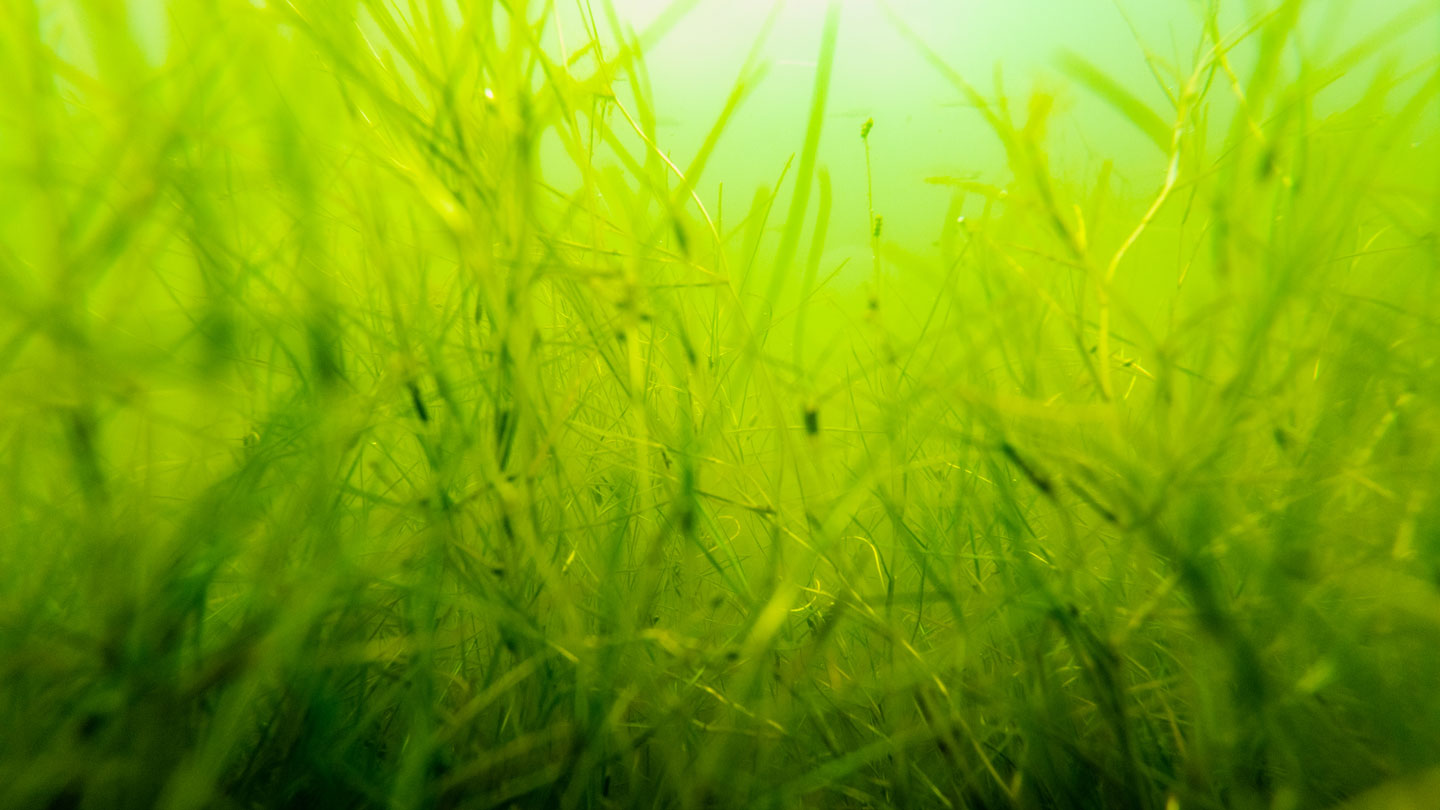Efforts to restore the health of the Chesapeake Bay on the U.S. mid-Atlantic seaboard have faced a mysterious challenge over the last 10 years. The seagrass meadows, which provide crucial habitats for juvenile blue crabs, black sea bass, and other creatures, have experienced massive booms and busts. However, researchers have now uncovered the surprising reasons behind these dramatic swings.
These findings offer “a weird message of hope,” says VIMS ecologist Marc Hensel. Understanding the ecology of shifting seagrasses provides solutions for better protecting and restoring sea meadows, not only in the Chesapeake Bay but also in many other estuaries and coastal ecosystems.
The study combines aerial surveys of 26,000 hectares of habitat with 40 years of data on nutrient and sediment pollution, seagrass coverage, temperatures, plankton blooms, and river flows. These data provide “an almost unprecedented record of submerged aquatic vegetation,” says ecologist and seagrass expert Emmett Duffy of the Smithsonian Environmental Research Center in Edgewater, Md., who was not involved in the study. Particularly important is the researchers’ ability to distinguish between seagrass species, he adds.
The team found that the extent of the Bay’s eelgrass (Zostera marina) has plunged by more than half since 1991, despite successful restoration efforts in some areas. The higher water temperatures caused by climate change starve the plant by increasing its respiration rate, leading to a higher demand for food than can be supplied by photosynthesis.
2023-07-10 08:00:00
Link from www.sciencenews.org
